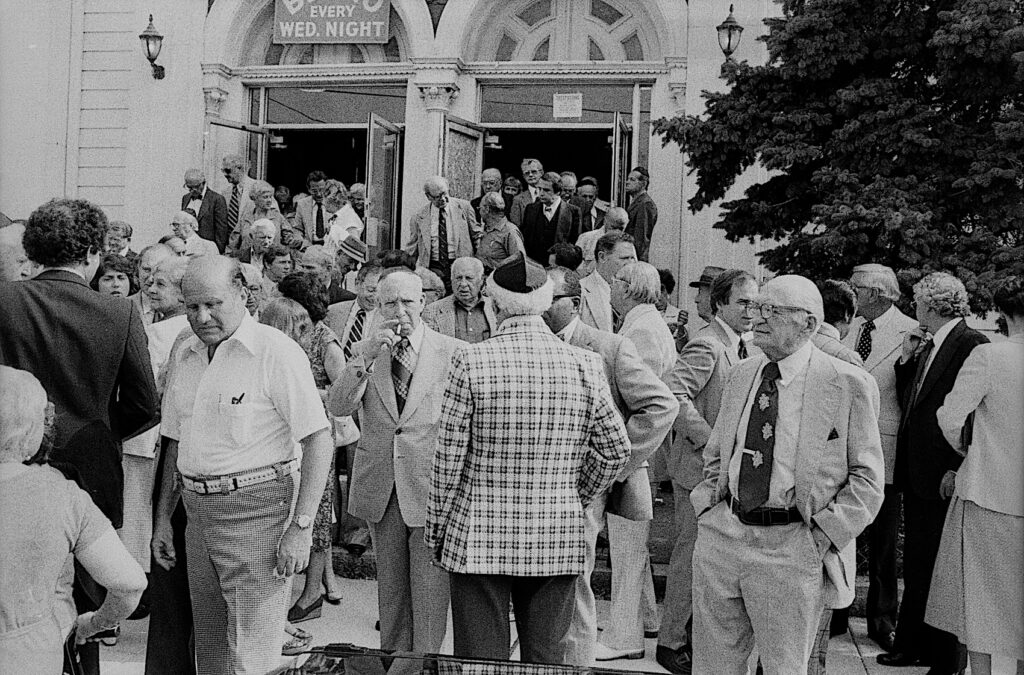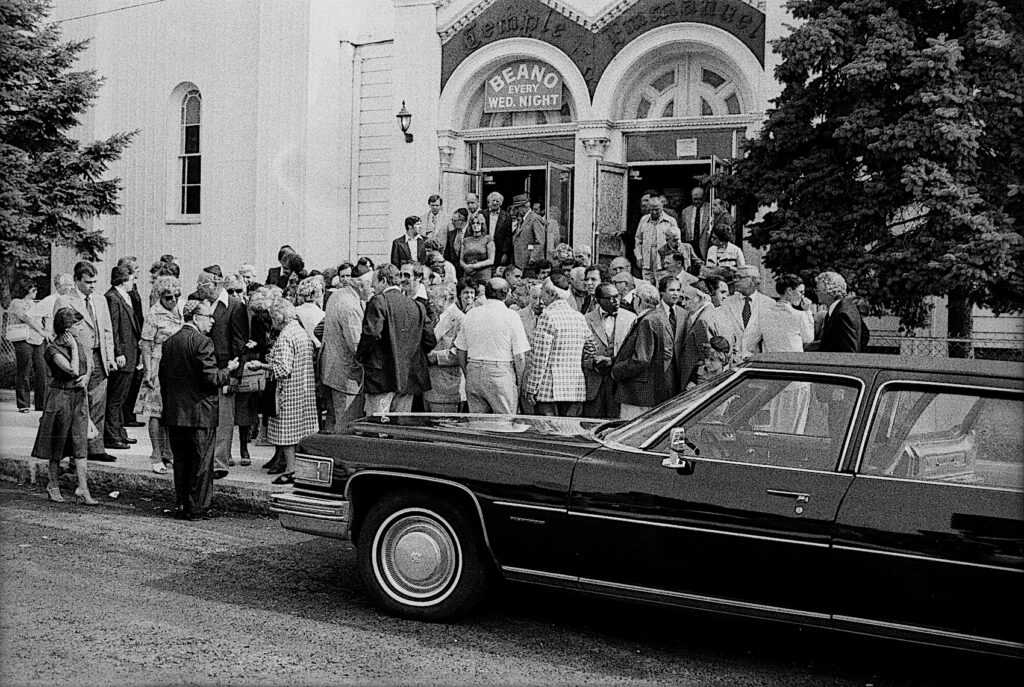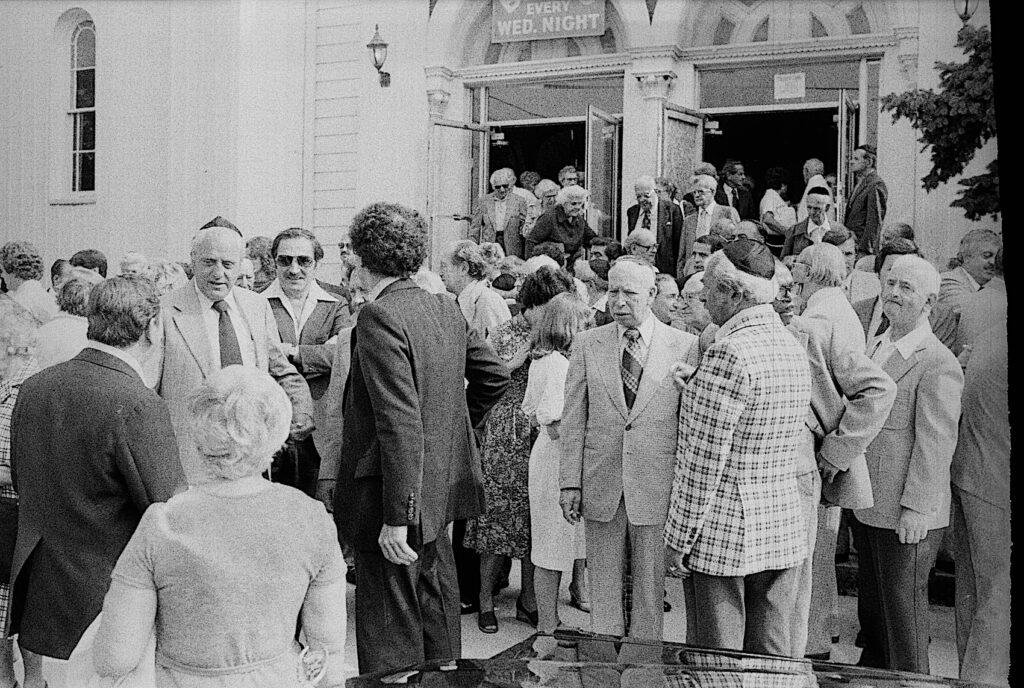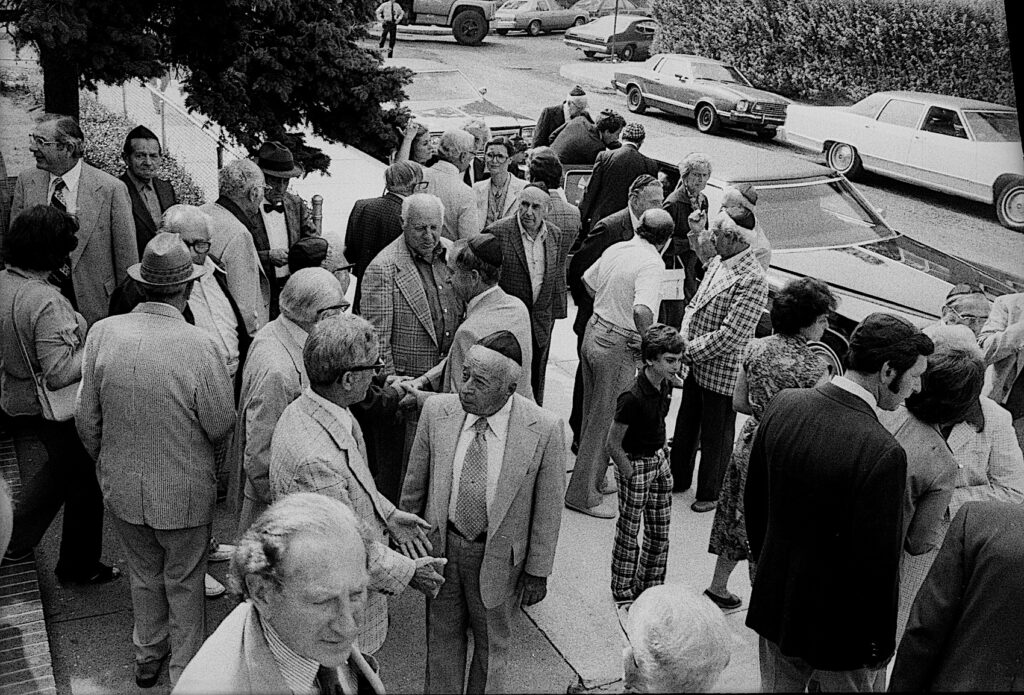About Chelsea
“By World War I, Chelsea had become the largest Jewish community in Massachusetts outside of Boston, a distinction that gave rise to the city’s nickname ‘the Jerusalem of America.’ At its heyday in the early twentieth century, the city had more than a dozen Orthodox synagogues, a Hebrew school, a Young Men’s Hebrew Association, and at least a dozen other Jewish social and charitable organizations.”
Global Boston
Chelsea Timeline
Samuel Maverick Settles in Winnisimmet
Maverick Sells Winnisimmet to Richard Bellingham
Winnisimmet incorporates as a town named Chelsea
British Ships are Captured In the Battle of Chelsea Creek
Chelsea Reincorporates as a City
Chelsea becomes a manufacturing center
A massive fire destroys half of Chelsea
Walnut Street Synagogue is constructed
Jewish immigrants are almost half of Chelsea's population
Temple Emmanuel Opens in Cary Square
Chelsea's population declines by 38%
A second great fire burns eighteen Chelsea blocks
An economic recession hurts Chelsea's economy
The state places Chelsea in receivership
Receivership ends and Chelsea's economy grows again
Chelsea resumes control of its schools
Chelsea celebrates its 400th anniversary
Jewish Chelsea
Jewish Chelsea's Neighborhood Voices
Chelsea Today





“Growing up on Bellingham Hill next to the Chelsea Memorial Hospital, delivering newspapers on Ash, Cherry, Arlington, Walnut, Second, and Williams Streets, attending Chelsea’s K-12 schools, and working in my parents’ menswear retail store on Broadway during the hectic weeks before Father’s Day and Christmas, I learned how to deal comfortably and constructively with a staggering assortment of personalities in a bewildering variety of situations. What a precious, priceless hometown gift!”
“Everybody in my family has roots in Chelsea. I am the proud descendant of Jewish Eastern European immigrants who arrived in Chelsea at the turn of the 20th century with only their dreams and their wits to guide them. Throughout four generations, they built businesses, loving families, and vibrant Jewish cultural and religious communities.
There’s no place like Chelsea.”
You make a good story. Did it happen to you or someone you love? Does the memory of it make you smile, laugh, or cry? And did it happen in Chelsea? Then your story is a great story! Read more about The Art of Storytelling.
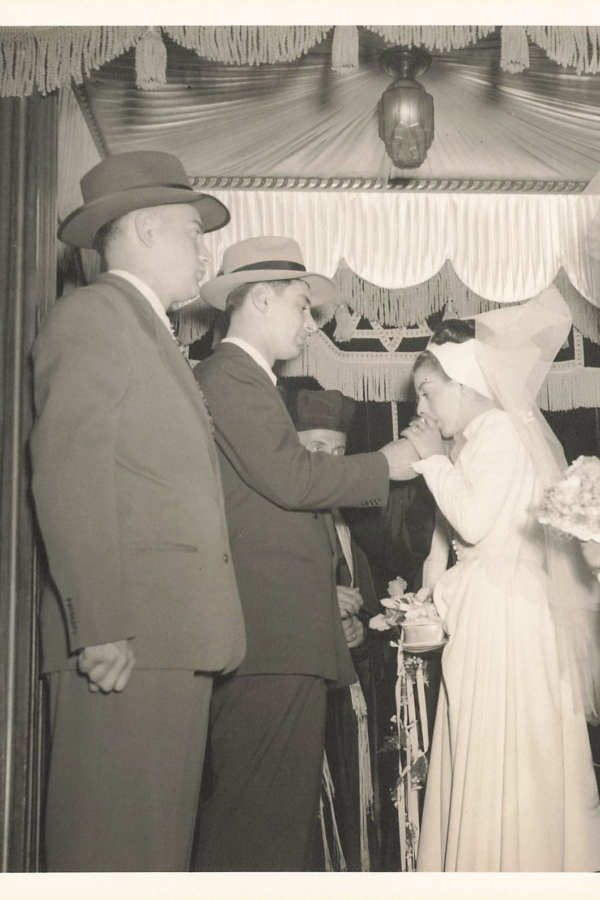
Rovner Wedding, Temple Emmanuel

